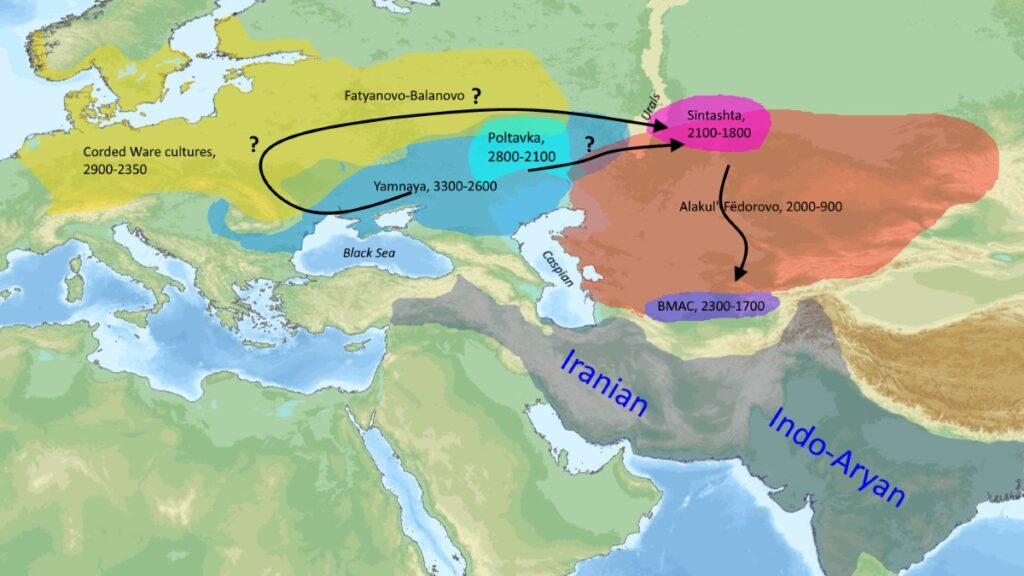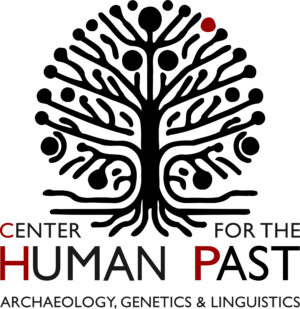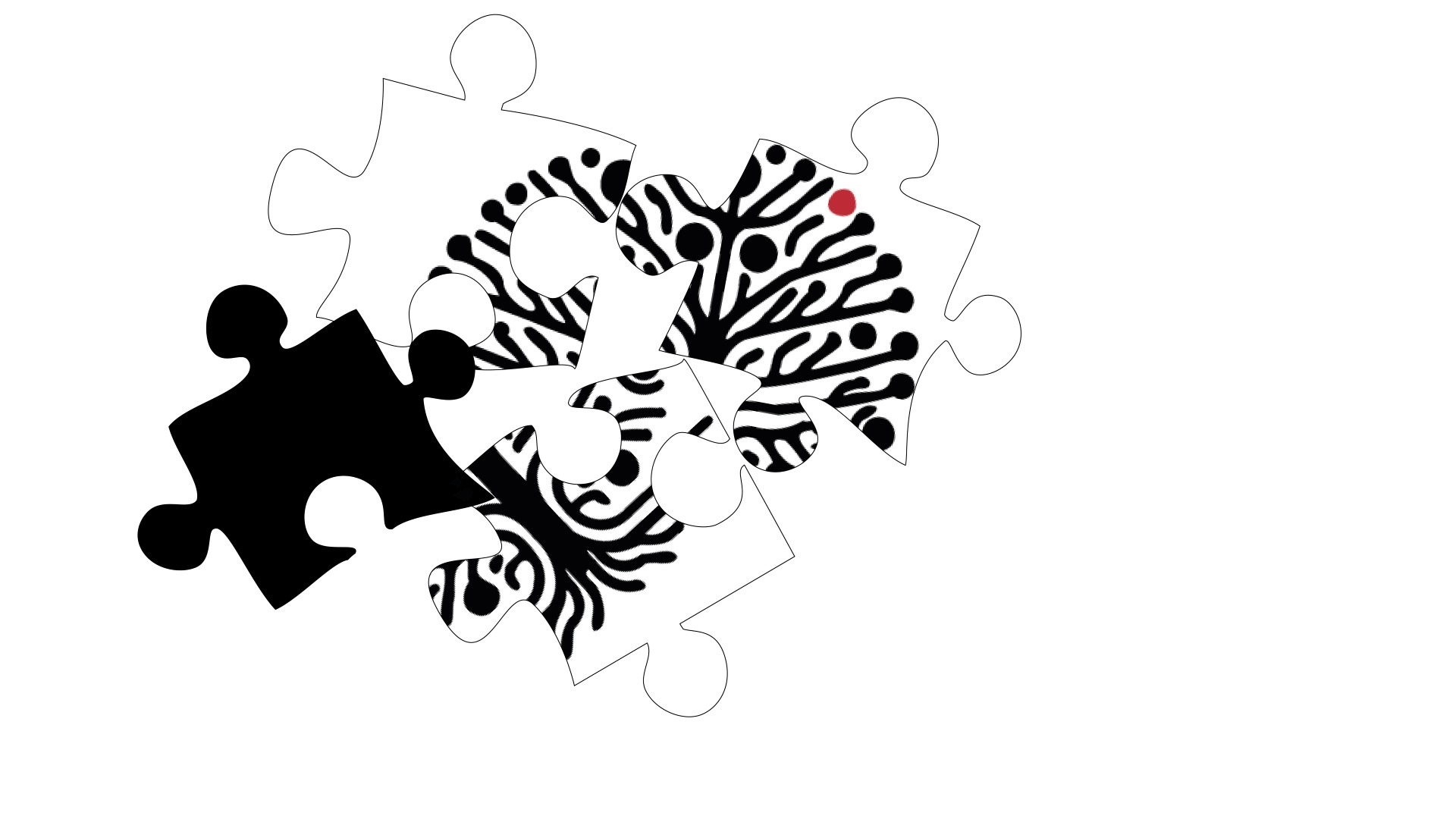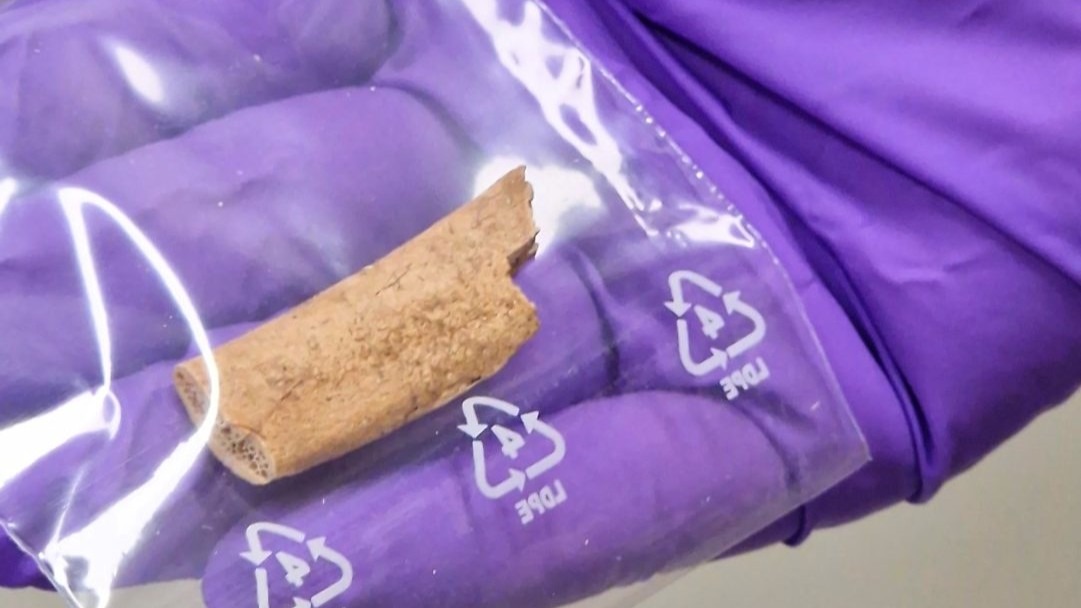We have started ad hoc mini-seminars in our new headquarters,Villa Lugnet.
The mini-seminars are by invitation only to enable in-depth discussions and exchange of knowledge across the relevant research areas.
The first mini-seminar took place 25th Sept.
Speaker: Axel Palmér, Junior Fellow, Human Past Fellowship Program (SCAS & CHP fellowships 2024-25)
Title: “Archaeolinguistic perspectives on the Proto-Indo-Iranian homeland”




